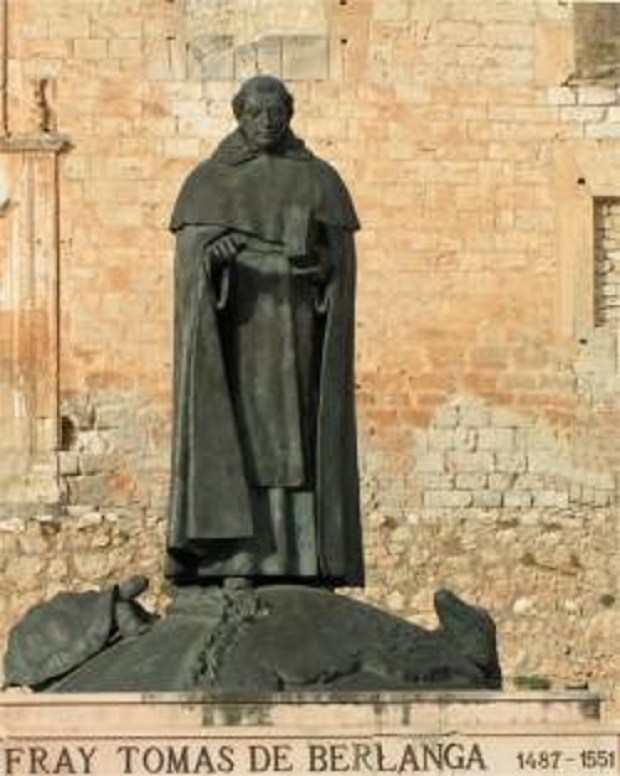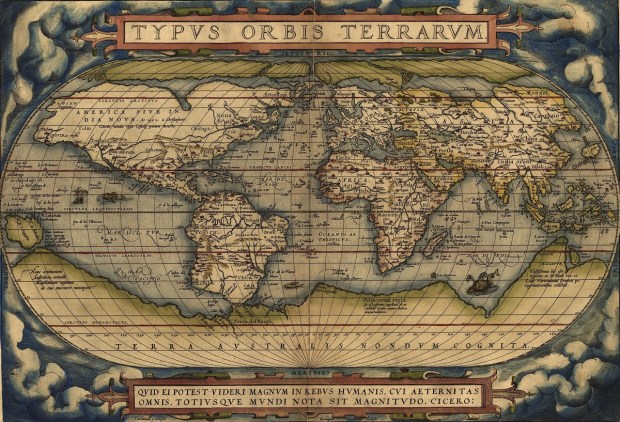It was the year 1535. Fray Tomás de Berlanga, a Spanish-born priest serving as the Bishop of Panama, was on his way to Peru to settle a territorial dispute between Spanish colonizers. He set off from Panama on a 1,118-mile voyage aboard a Spanish sailing vessel. While heading south, however, Berlanga’s ship started to drift off westward, driven by strong winds and westward currents.
After a few days, the crew spotted some land over the horizon. It wasn’t Peru, the intended destination of Berlanga’s crew, but a group of mostly barren islands that did not appear on the captain’s map. The crew disembarked on the islands to look for fresh water, and Berlanga took notes about the local fauna.
The islands were home to sea lions, tortoises so big that they could carry a man on them, and a lot of iguanas that the priest described as “like serpents.”
Birds, Berlanga noted, were like those of Spain but “so silly they do not know how to flee.” Those barren islands are what we know as the Galápagos, and those “large tortoises that could carry a man” were the famous Galápagos giant tortoises.

Berlanga and his crew were not impressed with their discovery, as they found the islands inhospitable for the lack of fresh water and readily available food, like fruit. The crew even reported losing two men and a few horses due to their lack of water.
On Easter Sunday 1535, Berlanga said Mass aboard the ship while his crew finally managed to find fresh water on shore. After restocking with water, Berlanga and his crew took to the seas again, and after 20 days they arrived in Ecuador, some 600 miles east of the newly discovered archipelago.

Once notified about the discovery, King Charles V called the newly discovered islands “Archipelago de Colon,” but Spanish sailors informally referred to the islands as “Galápagos,” a reference to the giant tortoises found there that resembled riding saddles (called galápago in Spanish).
In 1546, Spanish Captain Diego de Rivadeneira visited the islands and named them “The Enchanted isles,” in reference to the strong currents and sudden fog that would make navigation around the archipelago very risky. In 1570, the islands were formally included in a world atlas by Flemish cartographer Abraham Ortelius.

It wasn’t until three centuries later, in 1853, that the Galápagos were recognized as the biodiversity haven that we know them for today. In September 1853, the British ship HMS Beagle traveled to the remote archipelago for five weeks. The notes taken by the Beagle’s young naturalist, Charles Robert Darwin, would forever change biology as we know it.
But while Darwin’s name would become tied to the remote archipelago, not many of us would have heard of the intrepid 16th-century bishop who sailed to Peru and landed in the Galápagos instead.



